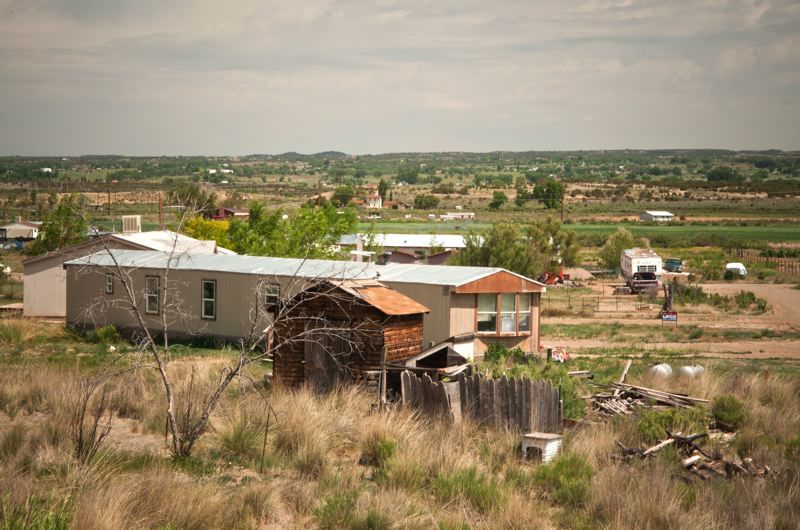Study: A fifth of rural Oregon kids live in poverty
Published 7:00 am Wednesday, June 13, 2018

- COURTESY USDA - A report from Save the Children places Oregon 24th among states in terms of how its rural children are faring economically.
SALEM — More than 20 percent of children in rural Oregon live in poverty, a new study finds.
A report from Save the Children places Oregon 24th among states in terms of how its rural children are faring economically.
About 21.6 percent of children in Oregon’s rural areas live in poverty, while 16.1 percent of children in Oregon’s urban areas were considered impoverished, according to the study.
Nationally, 14.1 million, or 19.5 percent, of American kids live in poverty, a rate that exceeds most other countries in the Organization for Economic Cooperation and Development, a 37-member group of nations with advanced economies.
Researchers used data from the 2016 American Community Survey, published by the U.S. Census Bureau, to determine rural and urban poverty rates among kids.
The Census Bureau defines the poverty threshold in 2016 as an annual income of $24,339 for a family of four with two children.
In most states, rural child poverty is higher than poverty among children in urban areas, consistent with a decades-long trend in the U.S., the Save the Children study found.
“Growing up in poverty is one of the greatest threats to healthy child development,” the study states. “When young children grow up in poverty, they are at higher risk of experiencing difficulties later in life — having poor physical and mental health, becoming teen parents, dropping out of school and facing limited unemployment opportunities.”
Overall, Oregon ranks 22nd among states for the five indicators of child poverty that the study synthesizes.
Save the Children used five main data points corresponding to events that “end” childhood: infant mortality, malnutrition, dropping out or delaying graduation from high school, violence and teen births.
Oregon has the nation’s eighth-lowest infant mortality rate, and has relatively low rates of teen births and violence against children. But its low high school graduation rates and comparatively high rates of child malnutrition drive down the state’s overall ranking.
With 25.2 percent of Oregon kids failing to graduate in four years, Oregon ranks 48th for high school graduation rates.
And the state ranked 39th in 2015 for child food insecurity, with about 22.5 percent of Oregon kids facing malnutrition.
But that’s a slight improvement, as the state’s overall rate of food insecurity continues to decline, according to an October study from Oregon State University.
“The strength of the Oregon economic recovery appears to have finally had a positive effect on reducing food insecurity,” wrote Mark Edwards, a professor of sociology at OSU’s School of Public Policy, in an October report. “These positive trends being noted, Oregon continues to have a food insecurity rate that is statistically significantly higher than the rate for the U.S. as a whole, representing about 560,000 Oregon adults and children in food insecure households.”
In commenting on the study’s findings about the state’s rural poverty rate, Gov. Kate Brown’s office emphasized what they say are her efforts to tackle the root causes of poverty throughout the state.
“All of Oregon’s children deserve the opportunity to grow and thrive in safe environments,” a spokeswoman for Brown wrote in an email to the EO/Pamplin Capital Bureau Wednesday. “In addition to increasing access to comprehensive health care and hands-on learning opportunities, Gov. Brown is focused on addressing the root causes that devastate families and impact children, including substance abuse, addiction, housing instability, and domestic violence.”





